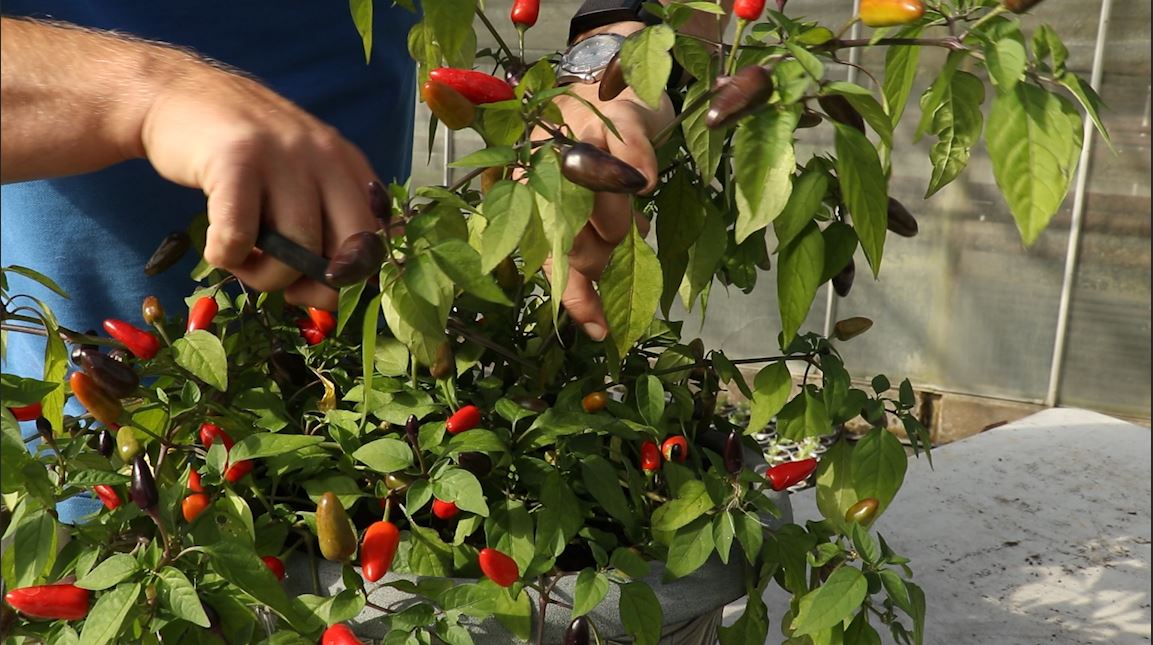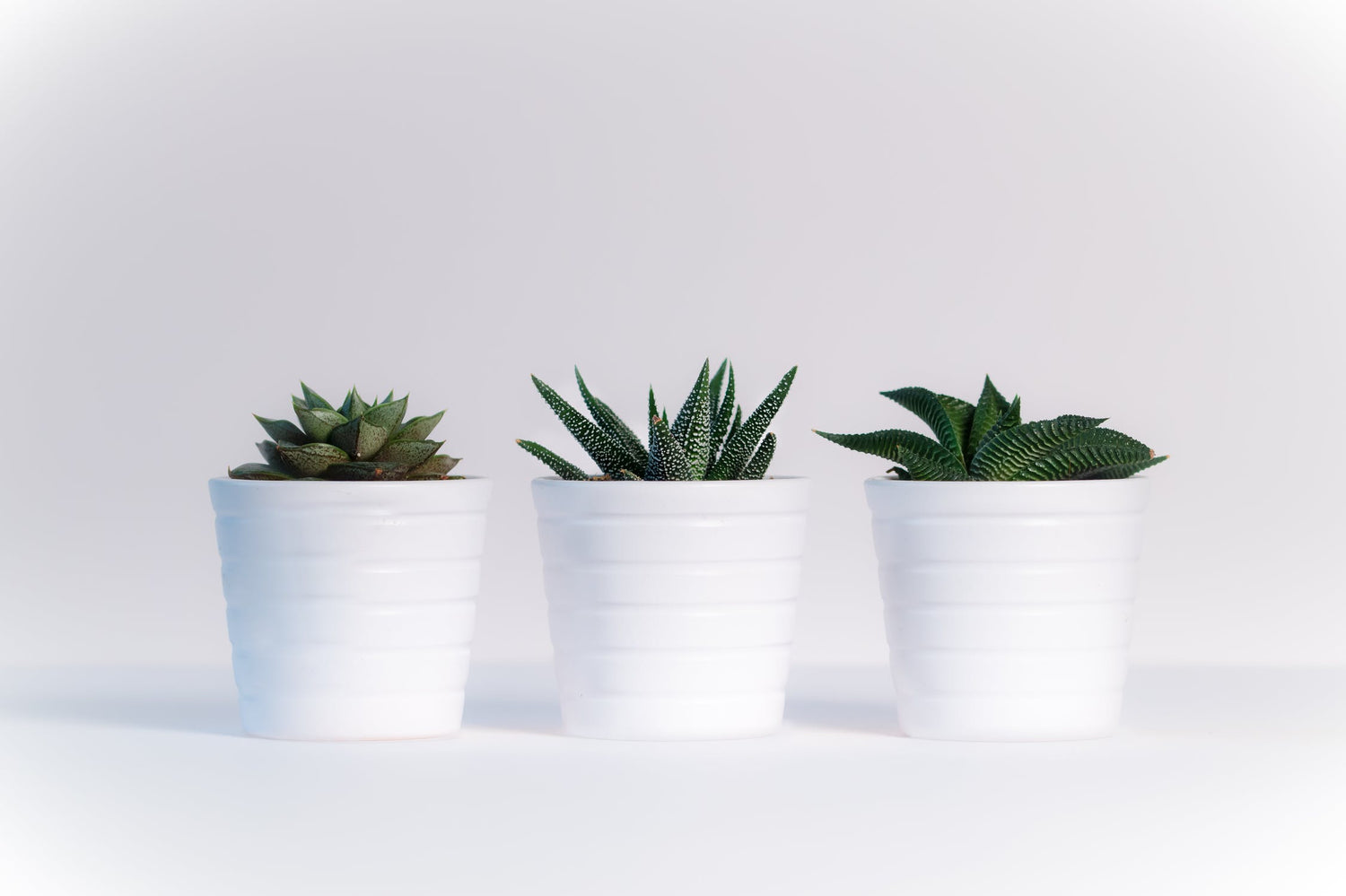Growing from seed is one of the most rewarding parts of horticulture. As it happens it can also be one of the most cost effective too. When it comes to herbs, there’s a surprising amount of herbs which can’t grow from seed. This is often because they can only be produced vegetatively which includes methods like through cuttings or division.
However there are still plenty of herbs which can be grown from seed. The most popular include:
- Drill
- Parsley
- Fennel
- Oregano
- Sage
- Thyme (Common type)
- Basil
The first step is preparation. You’re going to need:
- Seeds
- Seeds compost
- Modular trays or some pots to sow into
- Labels so you can identify each seeding
- A garden sieve can be useful
Each individual type of herb want slightly different conditions to grow e.g. different temperatures, humidity levels etc. The method will mostly be the same. We’ll cover the different requirements for certain varieties later on.
Now you have all of the items, fill the modular tray with compost almost all of the way to the top leaving it very slightly short. This will help with watering. If you fill it all the way to the top the tendency is for the water to wash over the side rather than soak in. Now gently water the soil until it’s just moist. It’s easier to do at this stage rather than once you’ve sown the seed as it will often wash the seed round. Now place 1 seed in the centre of each module.
With some more compost lightly cover the seed. A very good rule of thumb is that if your seed is 1mm in depth then it should have 1mm of soil above it. If it’s 2mm in depth then 2mm of soil above and so on. If you’re using a garden sieve it’s much easier, if not you can sprinkle some with your hands. This is only a guide and a light covering will be fine.
Another gentle watering of the soil you covered the seeds with and you’re almost done. Depending on the size of the tray you’re using you can cover it with a clear plastic bag to help keep the moisture in. This can stay on for quite a while and at least until the seeds have started to grow. Make sure you check that the soil isn’t drying out though which is easier to miss if the bag is on.
The time it’ll take for the plants to germinate and start coming though will vary a large amount on what type of herb they are. Some herbs can start to grow in days were as others can take months. Be patient and check your seeds each day for any signs of growth coming though the soil.
When it comes to feeding seedlings the simple fact is you don’t want to! At the very least you don’t want to very much. The best way to look at feeding young seedlings is the same as feeding a baby. You wouldn’t feed a baby steak and chips. You start off with light milk and build up to more substantial food. This is the same for seedlings. You start with a light, low feed compost until the plant can cope with something more substantial. Often the mistake is made to feed young seedlings too early or to sow them into a rich compost. Start your seedlings in a low feed seed or cutting mix and then as they grow up into plants then you can add more food.
Watering can be more tricky than it sounds at the best of times. It’s harder again with very young plants. The seedlings don’t have much of a root system or the ability to cope with a drastic change in conditions so are slightly more delicate at this stage.
Keep your soil moist but not wet!
Easier said than done but this is what you’re looking to do. As with any watering the biggest mistake at this stage is to overwater. At such a young age we don’t want to hinder the growth in anyway by getting this wrong.
For seedlings it’s worth buying a fine watering can. Most standard watering cans aren’t fine enough and can wash the soil away as well as being a bit too aggressive for the young plants.
You can also water from the bottom by sitting your plants in a tray or saucer whilst this is not a problem make sure you don’t leave them there for a long period of time as this can cause more problems than it will solve.
Watch the weather
When plants are very small they’ll not have as much of an effect on the amount of water in the soil as the weather will. If you’re leaving the house for the day and it’s going to be particularly hot make sure you check your seedlings for water. Again don’t make them too wet but you don’t want them drying out through the day. If you’re particularly worried about a very hot day you can always put a clear plastic bag over the top of the plants which will help keep the moisture in and raise the humidity so the plant doesn’t dry out as much.




